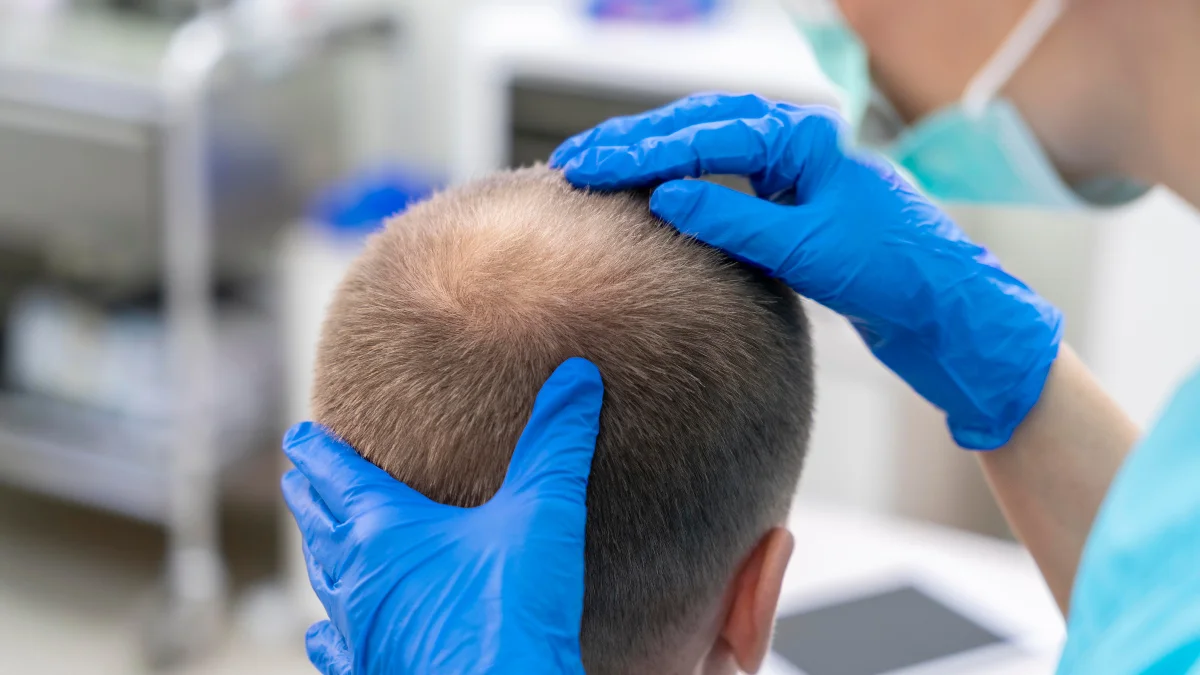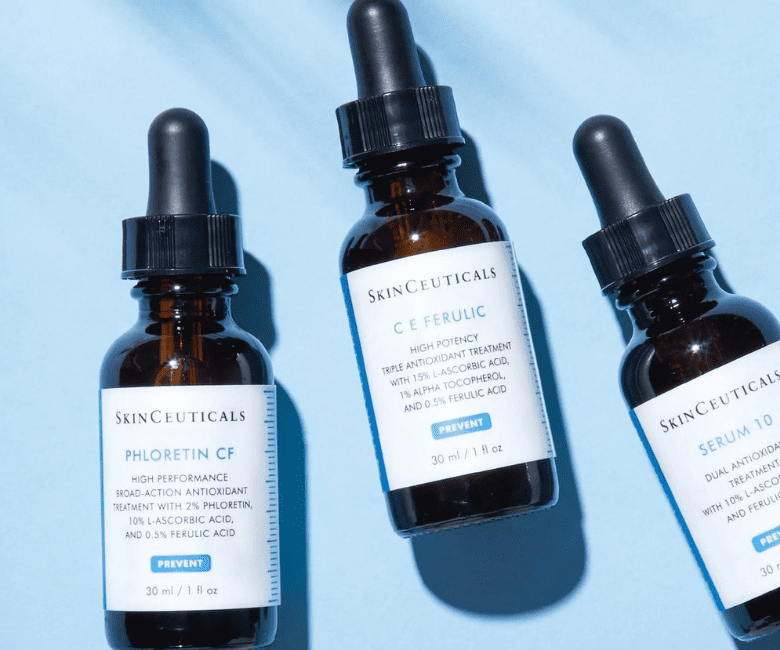Hair Transplant
What is Hair Transplant?
If you are someone suffering from hair loss, you may have come across two main types of hair restoration procedures: Follicular Unit Extraction (FUE), and Follicular Unit Transplantation (FUT). Many patients have raised questions about how these two hair transplant procedures differ from one other. As a result, choosing between these procedures can be overwhelming. To help you decide which hair restoration procedure best fits your needs, Signature Cosmetic Clinic doctor will discuss with you the pros and cons of the individual procedures, as well as answering any questions you may have prior to surgery.
Hair Transplant Benefits
One of the main advantages of the newest hair transplant methods like follicular unit extraction (FUE) is that they can give you a natural hair transplant result. Your hair is a big part of your identity, and it’s what makes you unique. Once full re-growth has occurred, your thicker and youthful hairline will enhance your appearance and bring newfound confidence.
Improves These
Conditions:
Baldness
Hairline Shift
Benefits:
Stimulate hair growth
About the Procedure
1. Follicular unit transplantation (FUT)
Follicular unit hair transplantation (FUT), otherwise known as the “strip” method, is a hair transplant procedure that harvests viable follicular units (hair follicles) from a patient’s donor area in strips to provide that patient with follicles that can then be extracted and used for full hair restoration.
This hair transplant procedure is a two-phase process (not including time to heal) that encourages swift recovery and minimal discomfort. Our Toronto-based hair transplant clinic is renowned for creating natural FUT hair transplants in a professional and discreet environment.
2. Follicular unit extraction (FUE)
Follicular unit extraction (FUE) is a method of hair transplant that harvests viable follicular units (hair follicles) from a patient’s donor area, one at a time, to provide that patient with units that can then be used to create full hair restoration.
This hair transplant procedure is a two-phase process (not including time to heal) that encourages swift recovery and minimal discomfort. Our Toronto-based hair transplant clinic is renowned for creating natural FUE hair transfers in a professional and discreet environment.
Hair Transplant Potential Side Effect
It is important to note that FUT can cause scarring at the donor site, although it is usually not visible as it is located behind the head. It is significant to consult with a qualified hair restoration specialist to determine if this procedure is right for you and to weigh the potential risks and benefits.
Results
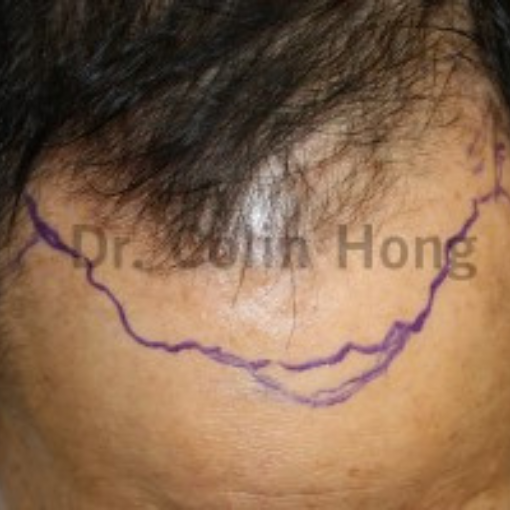
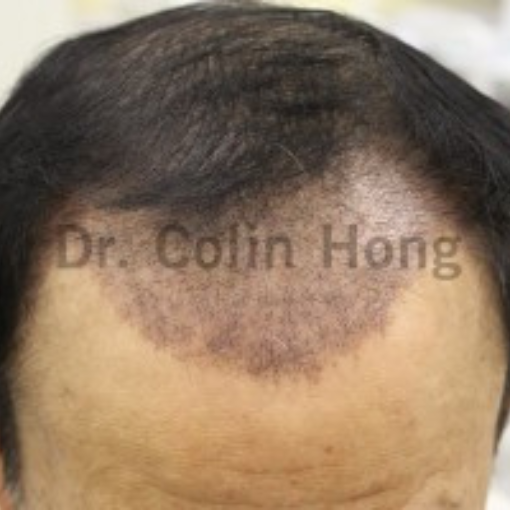
BEFORE
AFTER
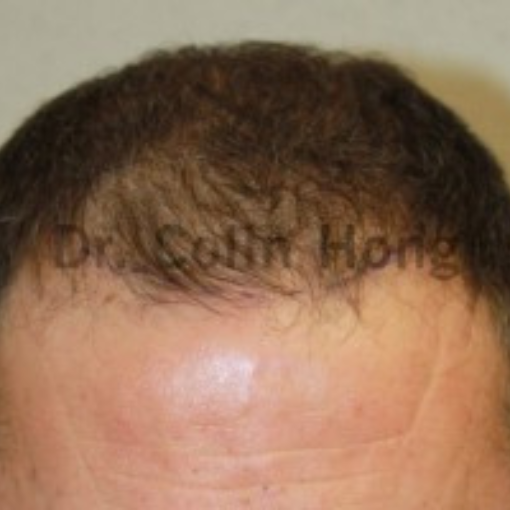
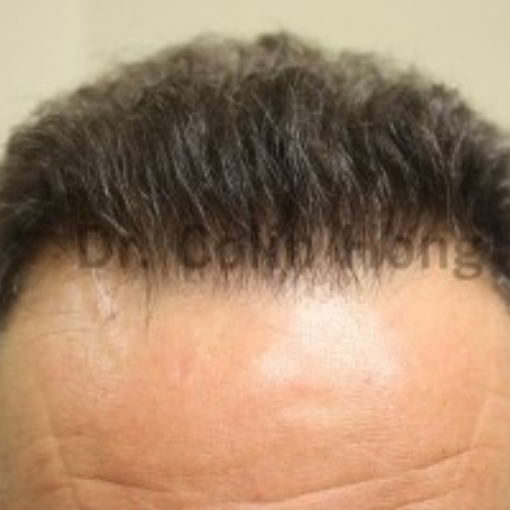
BEFORE
AFTER
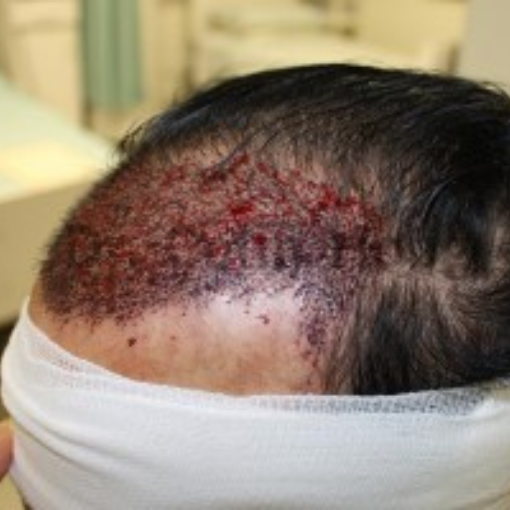

BEFORE
AFTER
What are the risks and possible complications of hair transplant?
The risks of the procedure are usually minimal. A full list of all possible complications will be provided to you during our initial consultation.
Where will you take the hair grafts from?
The donor site hair usually comes from the back of your scalp where it is usually sparse from hair loss.
How long will hair transplant be until I can see the final results?
Your transplanted hair will start growing in 3 months but the final result is better appreciated in 6 to 12 months.
How long will it be before I can shower with my new hair?
You can shower with baby shampoo 3 days after the hair transplant.
What are my options for pain medications after the procedure?
You will be given some Tylenol #3 unless you are allergic to it. You usually do not need much pain medication after the second day.
What are post-operative care/instructions?
Take pain and other medications as prescribed
Follow your doctor’s instructions on bathing or swimming
Follow your doctor’s instructions on caring for your hair and head
Keep your affected area clean and dry
Follow your doctor’s instructions on resuming normal daily activities

